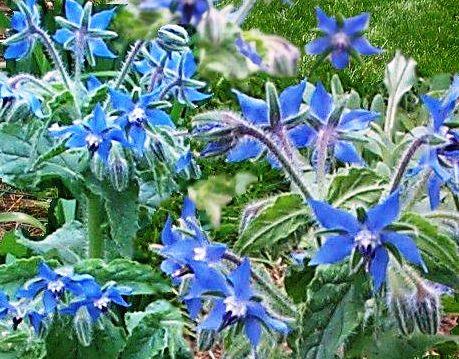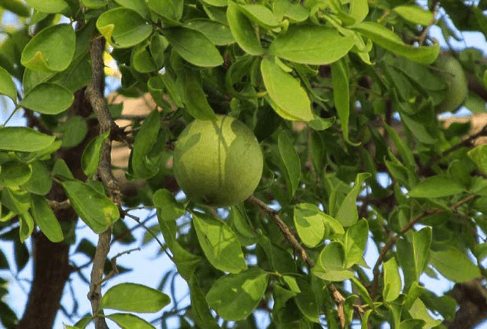Propagating herbs: Sowing seeds
Herbs are sown in spring. In climates where winters are mild, some may be sown again in the autumn. Seeds of most annuals can be sown directly into their permanent position in a prepared bed perennials, being much slower growers, fare better if seeds are sown into containers filled with a fine potting mixture where they can be more easily cared for until they are 2 or 3 cm high and have begun to take root. The seedlings should then be carefully removed from the pot and planted in the garden, making sure that the soil does not fall away from the roots in the process.
When filling a seed tray or pot, use a find, light mixture of soil. An excellent combination is made up of two parts of sandy loam to one part of coarse river sand, one part of peat moss and , for nourishment, 1 gm of blood and bone to 1 liter of soil mixture. Alternatively, a fine soil can be bought in bags from your local nursery and is called “potting mix” when putting it into a seed- box or pots, make sure it is 0.5 cm below the edge of the container to allow for watering. Commercial packs of seed starting trays or pots, comprising specially prepared compressed peat moss, are available from most nurseries, and this is an even simpler way of raising herbs form seeds. Instructions are given on the packs.
When sowing seeds straight into the ground, water the bed well beforehand, then scatter seeds, or sow in drills, and cover with fine soil(rubbed between the hands) to approximately twice the thickness of the seed. Press down lightly on the earth with a flat piece of wood to pack it tightly around the seeds. Keep moist with a light, misty spray of water until germination, when a green haze of new shoots will push their way through the surface. If sees are allowed to dry out during germination the growing process will cease, and if this happens, no amount of watering will rejuvenate them.





